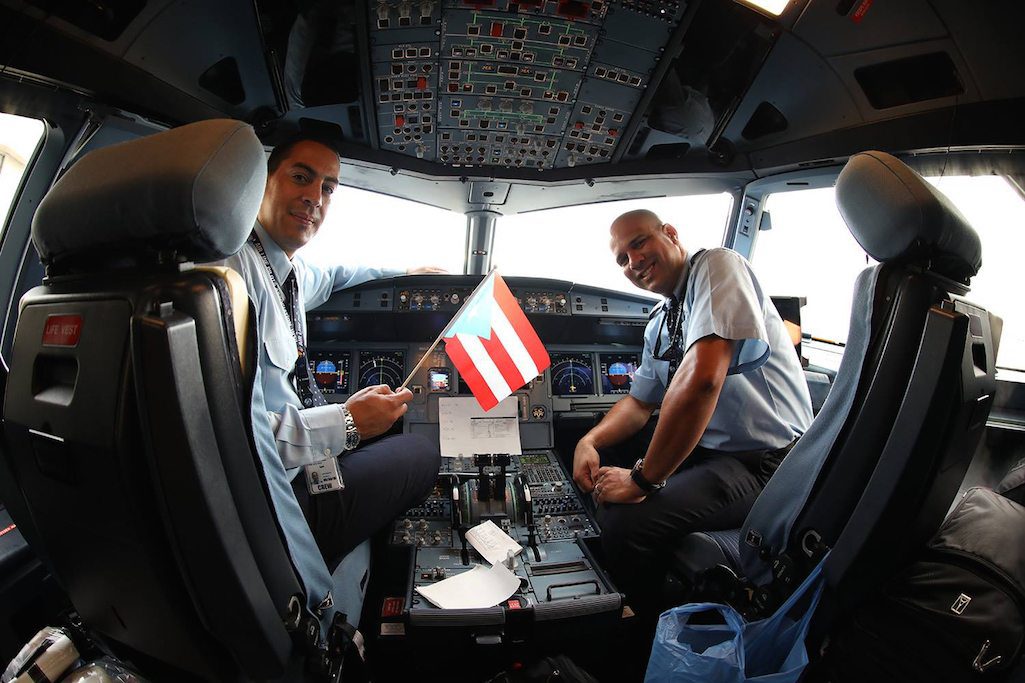JetBlue Airways Pulls Back to Regroup on Latin America and Caribbean Strategy

Skift Take
It isn't easy being in the aviation business, but airlines have one advantage over a traditional company. Their assets are mobile. If a carrier like JetBlue discovers softness in one region, it can move its airplanes elsewhere.
JetBlue Airways is pruning its Latin America network, cutting flights to Mexico City and reshaping its Caribbean operation so it can improve profitability amid "a series of unique headwinds," executives said Tuesday on their third-quarter earnings call.
JetBlue will leave Mexico City in early January, three years after it fought to gain prime slots when Delta Air Lines and Aeromexico were forced to give them up to win antitrust immunity. JetBlue, which had been flying from Orlando and Fort Lauderdale, added Boston and New York in late 2018, hoping to attract business and leisure customers from two key Northeast hubs.
But it hasn't worked as planned, so the airline will withdraw to "ensure that we're protecting our margins," President Joanna Geraghty said. Southwest Airlines, which also opportunistically picked up Mexico City slots earlier this decade, pulled out in March for similar reasons.
JetBlue won't be taking such drastic action elsewhere in Latin America or the Caribbean, but other market
